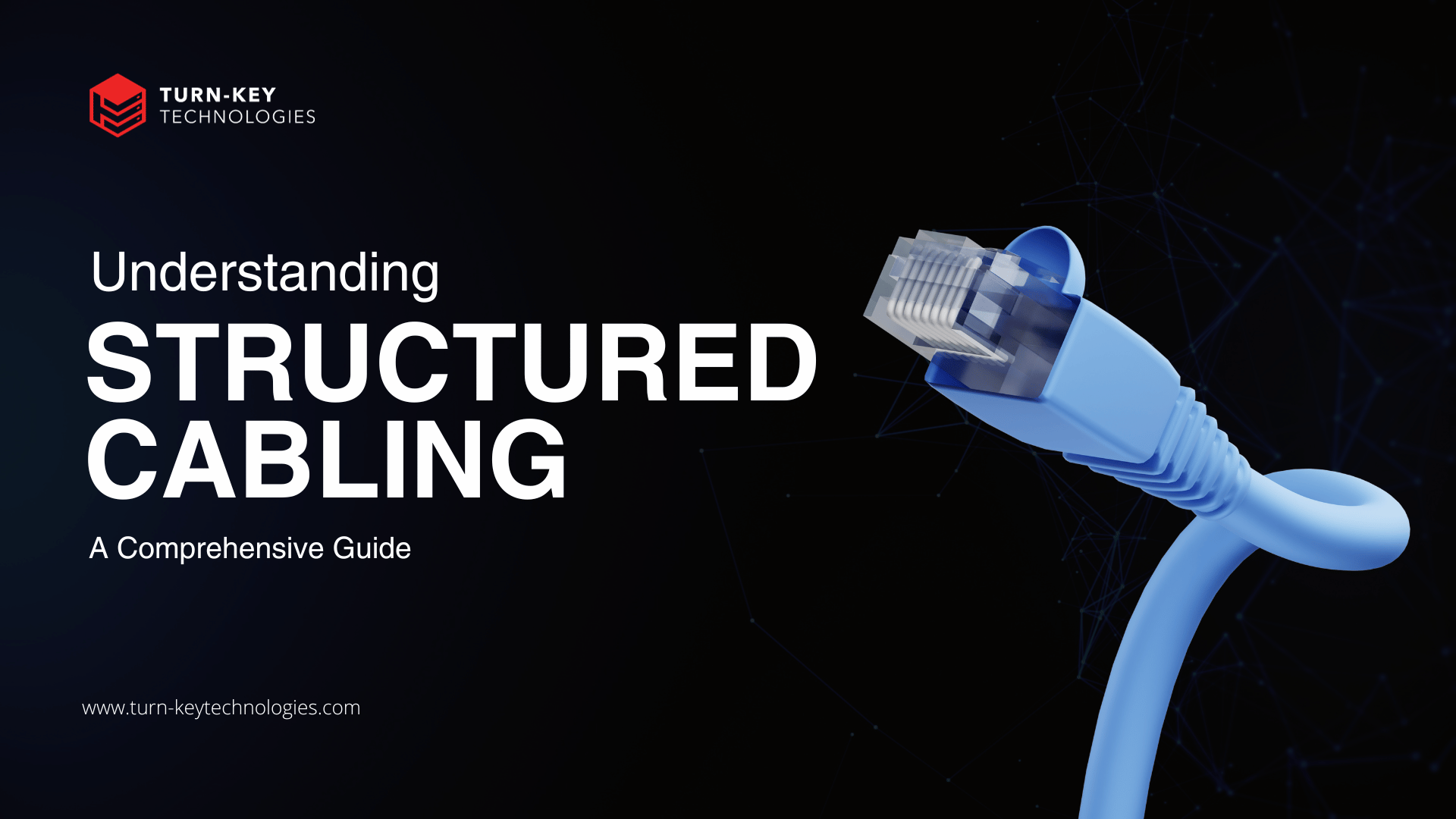Your Office Christmas Lights Could Be Messing with Your WiFi, and Other Enterprise Internet Surprises
In addition to supporting thousands of connections a day, enterprise networks have to overcome the dozens of interference issues that come with a...

 Craig Badrick
Craig Badrick



